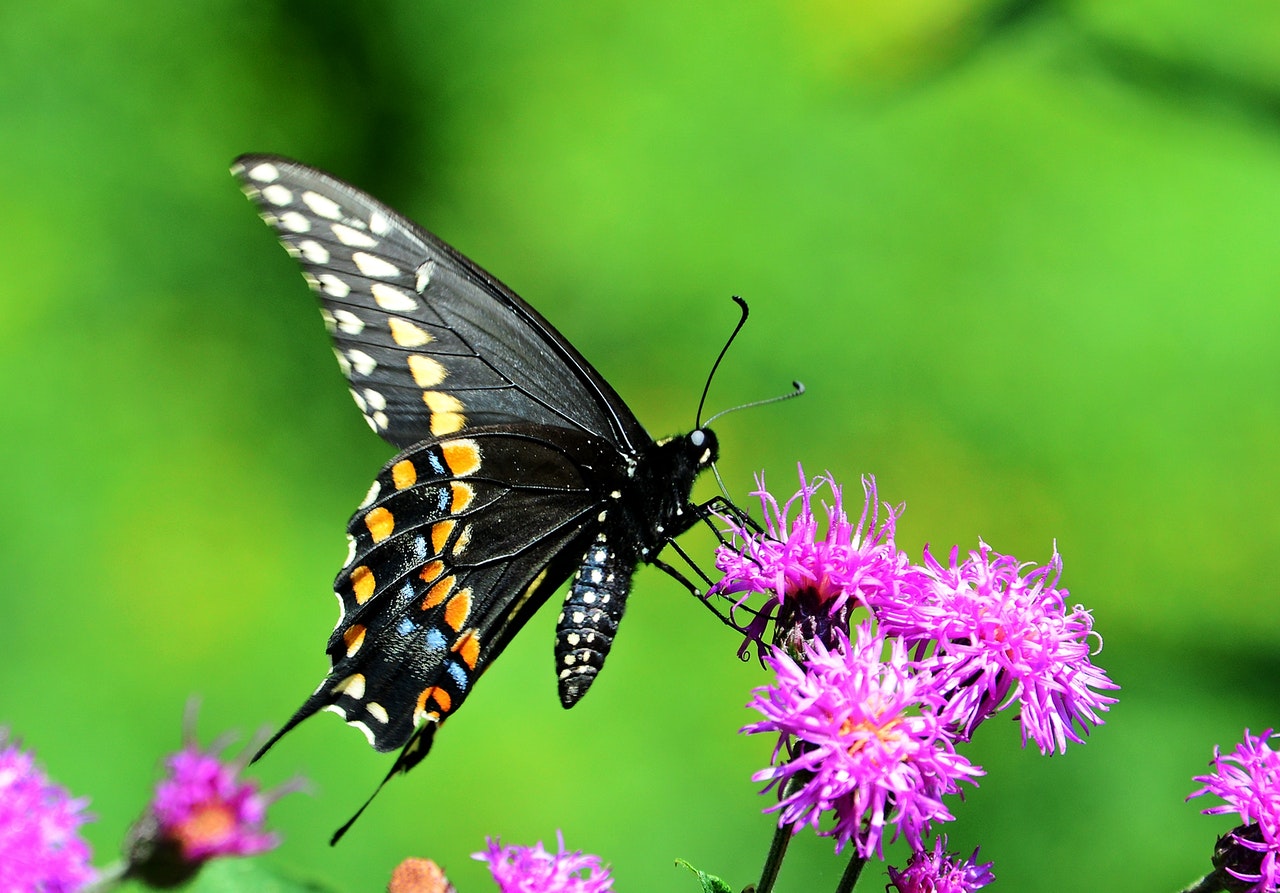22 September 2021
It is about that time of year when we need to say farewell to some of our favorite pollinators.

Hummingbirds
We enjoy their company from about February or March until September, which incorporates pretty much all summer, their breeding season. Then as daylight dwindles, fewer flowers bloom, and the nights start to chill, they instinctively know it is time to head south. Most people will leave their hummingbird feeders up about two weeks after they spot the last visitor, just to be sure any late migraters have some nutrition.
As they wing their way to the Gulf of Mexico, they will fly by day when nectar is abundant and as low as possible to spot those food sources. While this is a path they have traveled annually, the new fledglings are left to fly without the guidance of a parent.
Experts tell us that the hummingbird’s heart will bet up to 1,260 times per second and its wings will flap 15 to 80 times a second. In order to sustain themselves, most will gain anywhere from 25% to 40% of their normal body weight just before they leave. They use tail winds whenever possible to speed them along. Trackers report that some fly as much as 23 miles a day or 22 hours straight.
Hummingbirds are territorial and it is likely that they will remember your feeding station next year. So if you find feeders on sale, it might be a good idea to pick up an extra one to put out in the spring.

Butterflies
There are a number of butterflies common to the Finger Lakes general area. They include the Black Swallowtail, Eastern Tiger Swallowtail, Pearl Crescent, and, of course, Monarch. According to the U. S. Forest Service, Monarchs are the only butterflies known to migrate two ways, like birds. They can fly nearly 3,000 miles to reach their ultimate destination on the California coast or the Michoacan state in Mexico. At their fastest, the wings will flap 12 times a second.
Classified as endangered, the Monarch butterflies are carefully monitored and counted, well, as best you can count a flying insect. The main food source for Monarch caterpillars is milkweed. While an ornamental plant, can also be toxic. As the caterpillars feed, they absorb this poison, which remains in their system through the adult phase, which is when we see the butterflies flitting around our garden. The poison is a natural inhibitor to their predators. Unfortunately pesticides don’t recognize this danger and human use of insecticides results in the death of these valuable pollinators, which is why they landed on the endangered species list.
Distinguished from other orange and black butterflies, Monarchs have bright orange wings with black veins. The wings are edged in black with white speckles. The male will have two dark spots on the rear wings but females don’t.
During cooler temperatures, put a flat stone in the sunny part of your garden. This will act as a warming agent to keep their wings at 55 degrees or warmer in order to fly. Of course, they will need a water supply, but your bird bath is too deep. They will need something shallow. The best way to assure you have Monarchs in your garden is to plant milkweed as a feeding source for their caterpillars.
